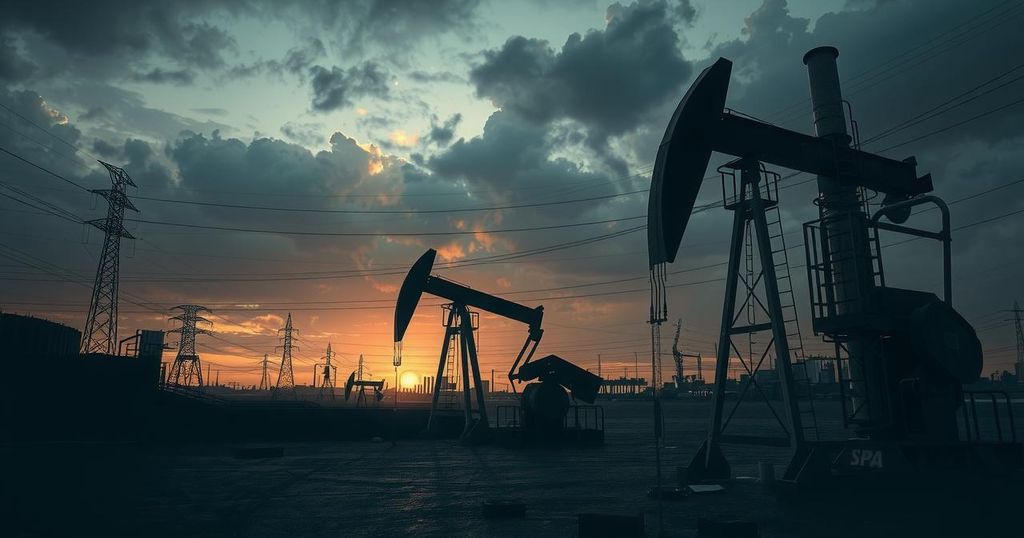Iran’s Decision to Shutdown Amid Energy Crisis Reflects Systemic Failures

Iran faces severe weather and an energy crisis, prompting the regime to shut down government offices, schools, and financial markets in 28 provinces. These closures, framed as necessary for energy conservation, expose the regime’s long-standing corruption and ineffective management of energy resources. The widespread response highlights the severe consequences of inadequate infrastructure and misdirected priorities.
As Iran endures freezing temperatures and heavy snowfall, the regime has opted for widespread shutdowns of government offices, schools, and financial markets across 28 provinces instead of tackling its chronic energy mismanagement. This latest measure, announced post a “crisis management” meeting, highlights the regime’s persistent corruption and incompetence in addressing predictable seasonal challenges.
The regime attributes these closures, scheduled for Saturday, February 8, 2025, to efforts to “preserve energy stability” amid falling temperatures. However, this explanation serves only to divert attention from its failing infrastructure, unreliable power grid, and years of poor governance. The closures impact nearly all provinces, including Tehran, Alborz, and Isfahan, signifying a national-level response to an energy crisis.
The shutdown also affects important financial sectors; government offices will not be the only entities closing. In a noteworthy decision, the Tehran Stock Exchange and other financial markets including the Energy Exchange will suspend operations, purportedly to maintain stability. This action underscores the severity of the situation and aims to manage public dissatisfaction regarding the regime’s financial inadequacies.
State-run media outlets quoted officials attempting to justify the shutdowns as necessary precautions. For instance, Mansour Shisheh-Foroush stated that institutions must cease heating operations over the weekend to conserve energy. Furthermore, Farajollah Elyat characterized the closures as essential for stabilizing energy transmission lines, highlighting the regime’s failure to provide reliable energy security.
The Iranian regime has faced mounting criticism for its handling of energy resources and infrastructure management, particularly during harsh weather conditions. The country has experienced severe power outages and fuel shortages that have become increasingly common. Amidst climate challenges, the government’s strategy appears limited to temporary solutions like shutdowns rather than addressing systemic issues. These issues stem from long-standing corruption and misallocation of resources, with allegations that funds are often diverted to foreign military engagements instead of domestic infrastructure improvements. In recent years, significant incidents, such as flooding in provinces like Gilan, point to a lack of preparedness and maintenance of critical infrastructure. Local authorities have been forced to evacuate residents due to the damages, reflecting the regime’s inability to manage natural disaster responses effectively. With public frustration growing, many see the shutdowns as a mere distraction from the regime’s failures rather than a solution to the energy crisis.
In summary, the Iranian regime’s recent nationwide shutdown is a desperate tactic to deflect blame from its long-standing failures in energy management. The closures are a reflection of systemic issues stemming from corruption and a lack of investment in infrastructure. As the Iranian populace endures ongoing hardships, it is evident that rhetoric and temporary measures will not disguise the reality of an economic and energy policy collapse.
Original Source: www.ncr-iran.org








